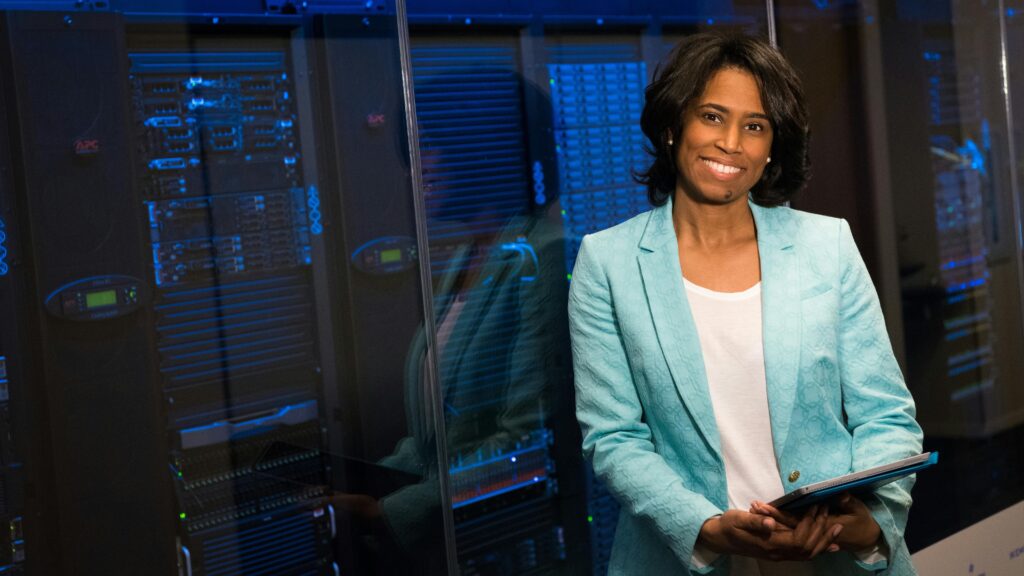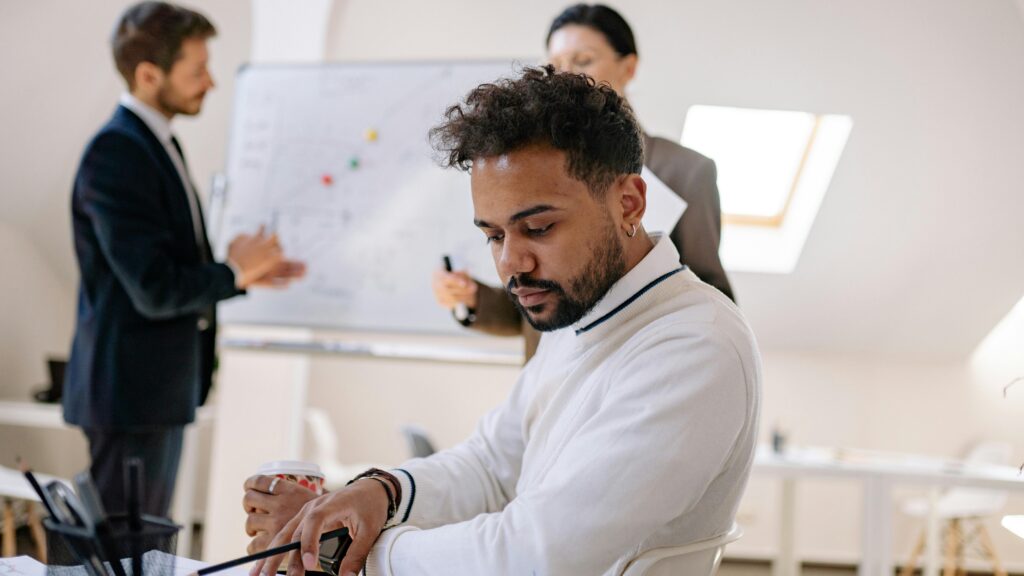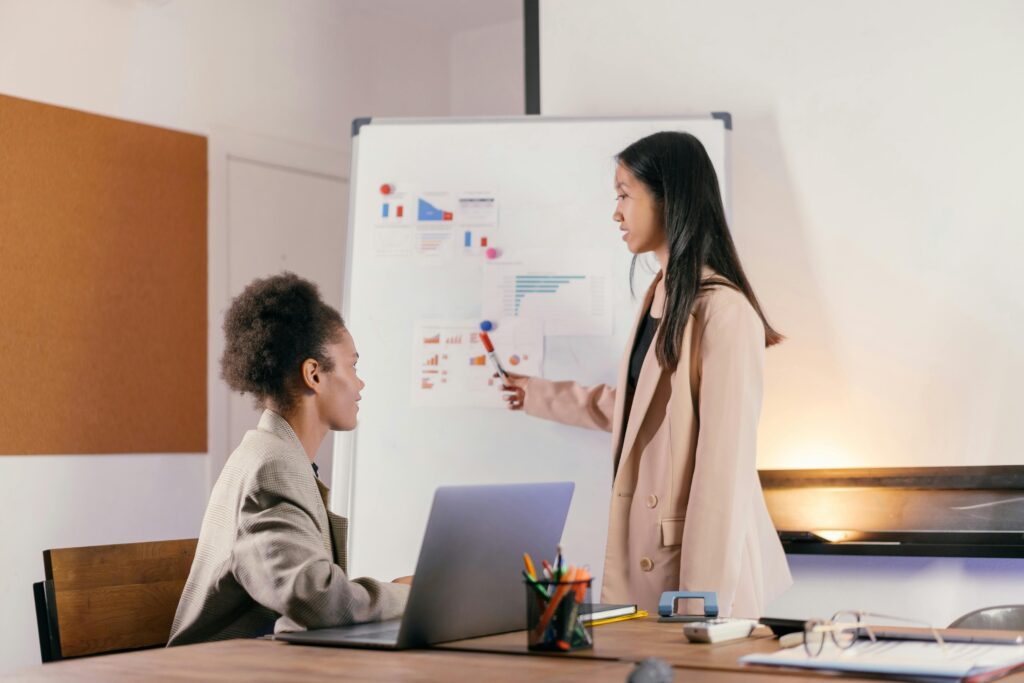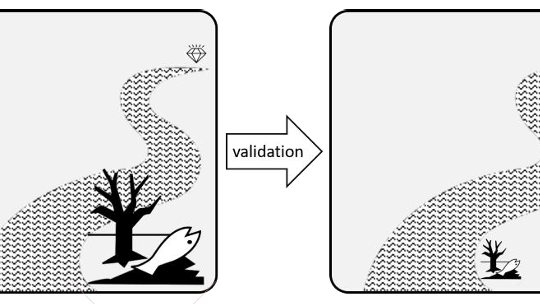Model Based Requirements Validation: Ensuring Software Quality with Precision
Have you ever launched a project and found major flaws late in development? I’ve been there, and it’s frustrating. That’s why Model Based Requirements Validation is so valuable. It helps detect issues early by verifying that requirements models truly match stakeholder expectations. This approach not only prevents costly errors but also strengthens collaboration and improves software quality. Let’s explore how Model Based Requirements Validation turns early insights into lasting project success.
Model Based Requirements Validation: Ensuring Software Quality with Precision Read More »



















